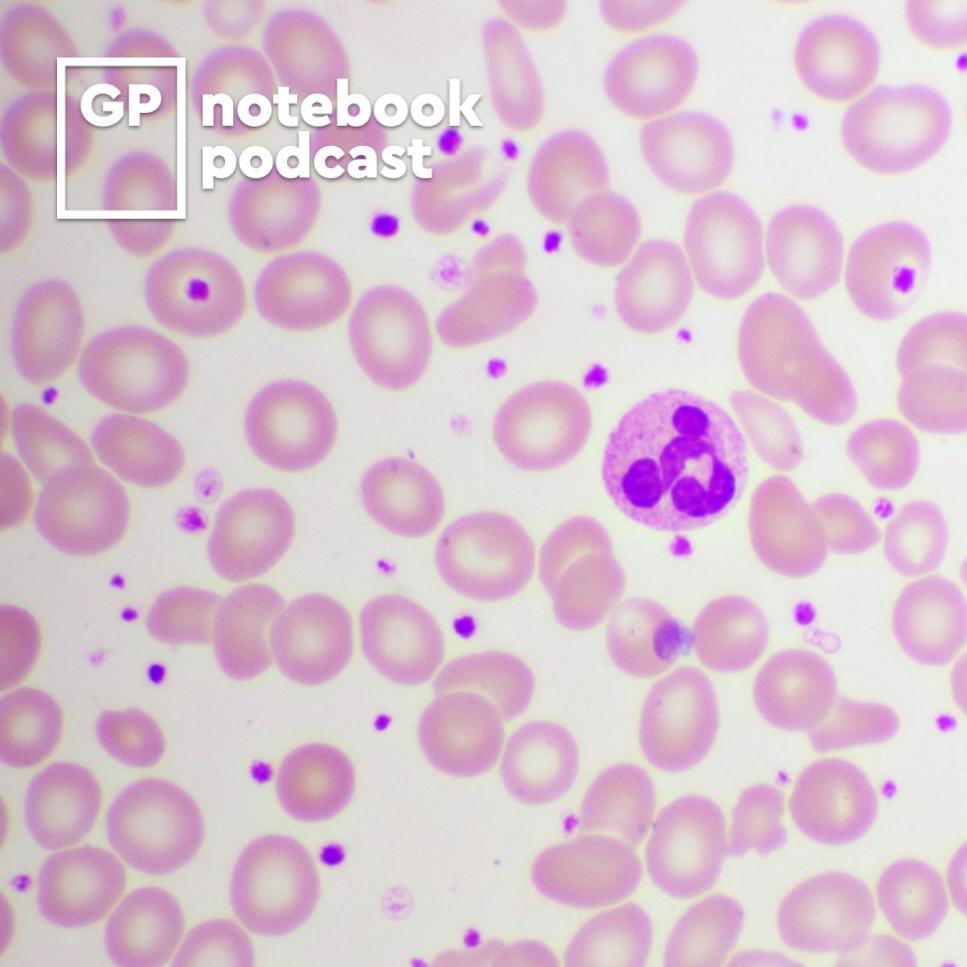Ep 21 - Managing unexplained high platelet counts in primary care

00:00
00:00
Posted 17 Dec 2020
In this episode, Kevin discusses thrombocytosis in the context of suspected cancer. How should an unexplained high platelet count be interpreted and managed in primary care? Which cancers are most commonly associated with thrombocytosis? Aside from underlying malignancy, what are the other possible causes? What further investigations and referrals should we consider, and when?
Key references and resources discussed in the episode:
- Bailey SE et al. Br J Gen Pract. 2017;67(659):e405-e413.
- Mathur A et al. BMJ. 2019;366:l4183.
- Suspected cancer: recognition and referral. NICE guideline NG12. 2015.
- NHS Scotland. Scottish referral guidelines for suspected cancer.
- Fernando K. GPnotebook Shortcut. Managing unexplained thrombocytosis in primary care.
Key take-home points from the episode:
- Thrombocytosis is generally defined as a raised platelet count >400–450 x 109/L.
- Thrombocytosis is a common incidental finding, occurring in approximately 2% of those >40 years old attending primary care.
- 80–90% of episodes are reactive and 80% resolve within 12 weeks.
- Thrombocytosis should not be used as a standalone diagnostic or screening test for cancer or to rule out cancer.
- However, unexplained thrombocytosis should prompt us to “think cancer”.
- NICE NG12 and Scottish Referral Guidelines for Suspected Cancer inform us that thrombocytosis is a risk marker for some solid tumour malignancies.
- The Scottish referral guidelines include thrombocytosis in the investigation criteria for LEGO-C cancers: Lung, Endometrial, Gastric, Oesophageal and C
- Suggested quality improvement activities:
- Consider how you would respond to an incidental thrombocytosis on a full blood count.
- Consider your safety-netting options for those found to have raised platelet counts but no other symptoms or risk factors for underlying malignancy.
Create an account to add page annotations
Add information to this page that would be handy to have on hand during a consultation, such as a web address or phone number. This information will always be displayed when you visit this page